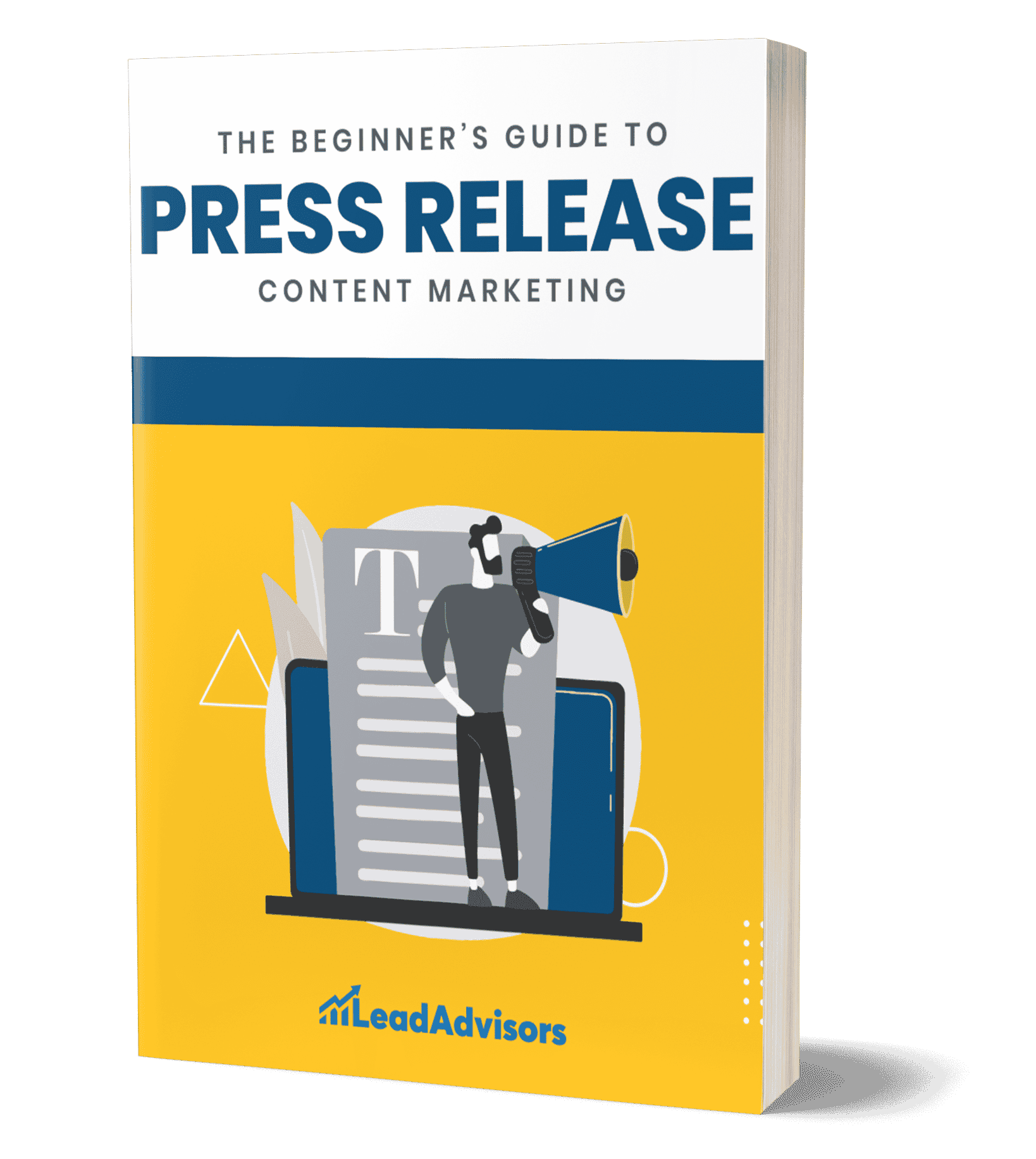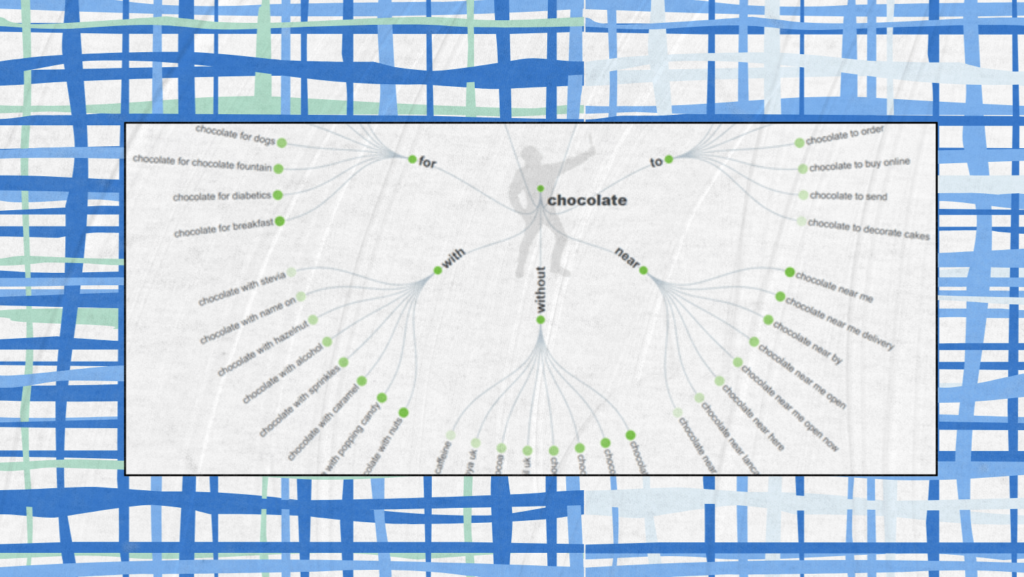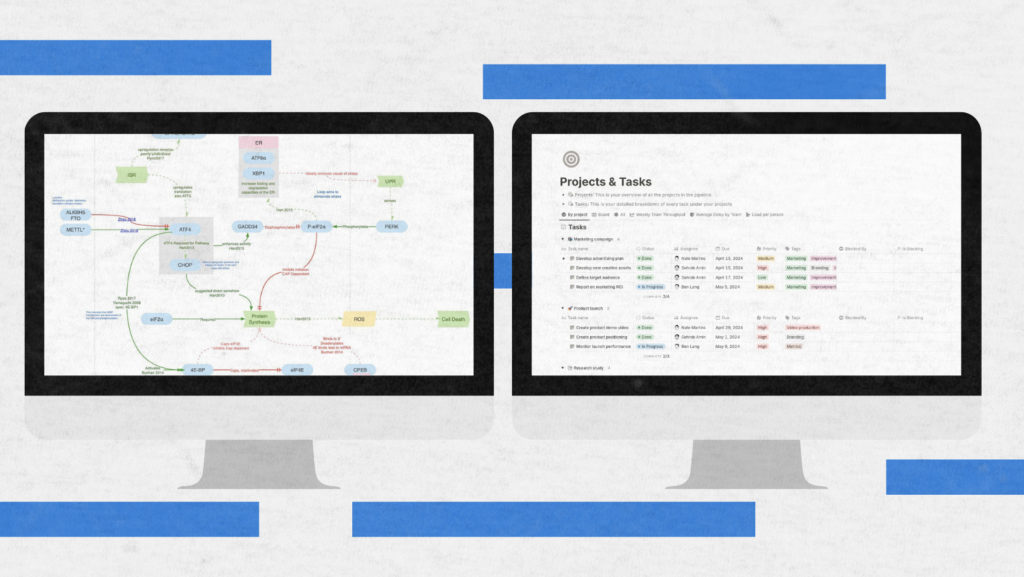Want to create a smoother, more engaging experience for your customers? User journey mapping is one of the most effective ways to understand how people interact with your website or app – and where improvements can make the most significant impact.
In this guide, we’ll show you how to map your customer’s journey, identify key touchpoints, and analyze their needs and expectations. You’ll learn how to use proven templates, define your target audience, and optimize every stage of the experience to boost satisfaction and loyalty.
Understanding User Journey Mapping
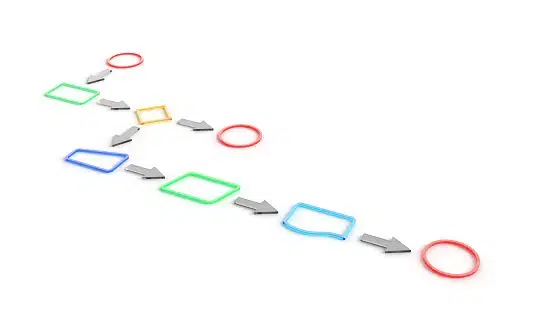
User journey mapping, or customer journey mapping, is vital for creating a seamless user experience. Businesses can use customer journey map examples to identify pain points and optimize touchpoints to deliver a more engaging experience by visualizing users’ entire journey when interacting with a website or application.
Key elements of customer journey mapping include;
- Touchpoints refer to the diverse interaction points between users and your digital assets.
- Mapping these touchpoints gives businesses a holistic view of the user journey.
- User personas, on the other hand, represent different segments of your target audience and help tailor experiences to meet their specific needs and preferences.
Understanding customer goals is crucial for optimizing the user journey. By knowing what users aim to achieve during their interactions, businesses can align the customer’s journey with their goals, ensuring every step of the customer persona buyer journey is purposeful and contributes to a positive customer experience.
In 2025, UXPressia data shows that the most essential part of customer journey maps is the layer that reflects customer goals, needs, and expectations, appearing in about 97% of maps. Other functional layers – such as customer emotions, processes, pain points, and channels – help businesses see and improve every step of the customer experience. Together, these layers make it easier to design experiences that build satisfaction and loyalty.
Research also shows the business impact: 79% of companies that exceeded revenue targets had a straightforward, well-documented journey mapping process. With new tools like AI and real-time analytics, journey maps are becoming more dynamic, enabling personalized experiences and better decisions. A detailed, data-driven map that includes key layers and modern technology is now essential for improving customer experience and driving growth.
Steps to Conduct Effective User Journey Mapping
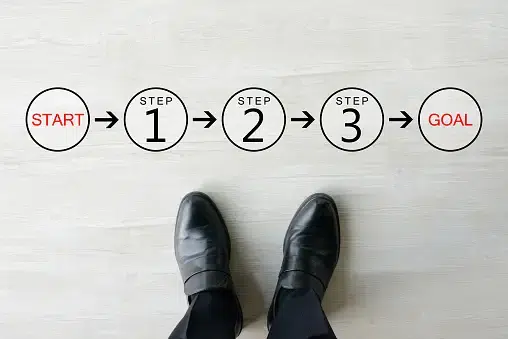
User journey mapping is a powerful technique that requires a systematic approach to yield optimal results. By following these steps, businesses and service teams can conduct an effective customer journey map that accurately predicts and enhances the overall user experience.
Step 1: Define Your Target Audience:

To begin with, it’s crucial to understand your target audience and their needs. Conduct market research to understand prospective customers’ behavior, preferences, and pain points. By creating user personas and fictional representations of your ideal target customers, you can better understand how customers interact, their goals, motivations, customer needs, and challenges.
In 2025, HubSpot reports that 80% of businesses using customer journey mapping have seen higher customer satisfaction, thanks to experiences tailored to audience needs. Today’s maps are dynamic and AI-powered, tracking interactions across touchpoints like websites, apps, and marketing campaigns. This technology enables companies to predict behavior, prevent drop-offs, automate timely actions, and deliver personalized experiences that boost satisfaction, reduce churn, and drive growth.
Step 2: Identify Key Touchpoints:

Identifying the touchpoints where users interact with your business is essential for an effective customer journey map. These touchpoints include your website, social media platforms, customer service team, search function, and support channels. Map out these touchpoints and analyze each interaction to identify areas for improvement.
Did you know that, on average, a customer interacts with a business at least 12 times before making a purchase? By mapping these touchpoints, you gain insights into users’ interactions with your brand, allowing you to optimize each touchpoint for a seamless user experience.
Step 3: Map the User Journey:
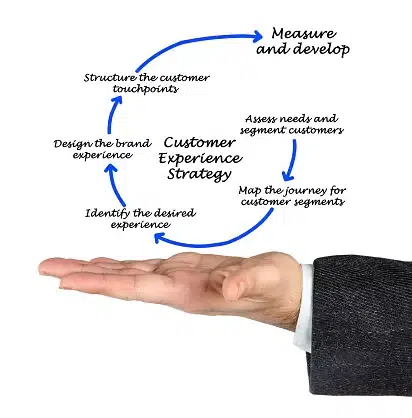
Creating a visual representation of the user’s journey is pivotal in mapping how the customer interacts. Start by outlining a user’s stages, from initial awareness to final conversion or engagement. Plot the touchpoints within the customer’s shoes at each stage and connect them to visualize the entire customer journey.
User journey maps can provide businesses with valuable insights and opportunities for improvement on existing customer journeys. They help identify areas where users might encounter challenges or experience friction, allowing you to make informed decisions on optimizing the user journey.
Step 4: Analyze and Optimize:

Once the user journey map is complete, it’s time to analyze it for pain points and areas that require optimization. Look for bottlenecks, confusing steps, or obstacles hindering a seamless user experience. Streamline processes, remove friction, and personalize customer interactions to align with the complete journey map example, the customer’s experience, goals, and expectations. An iterative design approach ensures that updates are continuous, data-driven, and aligned with user expectations.
Research has shown that analyzing the user to create a customer journey map can help businesses identify how customers navigate, pain points, and areas for improvement. By optimizing the user experience using an effective customer journey map, you can generate a smoother and more pleasant user experience. This, in turn, will result in enhanced customer satisfaction and improved conversion rates.
With the acquired knowledge and tools for conducting effective customer journey mapping, it is time to implement this knowledge.
Start by defining your target audience, identifying key touchpoints, mapping the user journey, and analyzing and optimizing the results. Use effective user and customer journey touchpoints mapping techniques to enhance user experience and drive business and customer success together.
Tools and Techniques for User Journey Mapping

The process of user journey mapping can be significantly enhanced by utilizing a wide range of tools and techniques that aid in creating and visualizing comprehensive user journey maps. By using these resources, businesses can gain valuable insights into user behavior and enhance the overall user experience through optimization efforts. Here are some popular tools and techniques to consider:
- User research is key to effective customer journey mapping. Using surveys, interviews, and usability tests, businesses can uncover user preferences, pain points, and behaviors. Tools like SurveyMonkey, Google Forms, and UserTesting.com make it easy to create surveys, collect feedback, and analyze results, providing valuable insights to improve the customer experience.
- Capturing customer feedback is vital for improving the user journey. Conducting a user feedback analysis helps identify issues, spot opportunities, and make data-driven improvements. Tools like Hotjar, Qualtrics, and UserVoice gather real-time insights through surveys, heatmaps, and session recordings. They offer interactive forms, visual behavior tracking, and sentiment analysis to measure satisfaction, helping businesses identify issues, spot opportunities, and make data-driven improvements.
- Analytics platforms like Google Analytics, Mixpanel, and Adobe Analytics give businesses data-driven insights into user behavior. They track interactions, identify drop-off points, and measure key metrics across the user journey. With robust tracking, custom reports, and advanced segmentation, these tools help optimize touchpoints, improve engagement, and enhance the overall experience.
- User journey mapping software like UXPressia, Smaply, and Lucidchart makes it easy to create and visualize customer journey maps. With templates, drag-and-drop tools, and collaboration features, businesses can map stages and touchpoints, analyze user interactions, and refine the experience over time.
- Prototyping tools like Figma, InVision, and Axure RP help businesses create interactive mockups that simulate the user journey before development. They allow for designing clickable prototypes, testing flows, and gathering feedback to validate and refine the experience, uncover usability issues early, and ensure a more intuitive final product.
Measuring the Success of User Journey Mapping

Measuring the success of a customer journey map is crucial to understanding the impact of optimized user journeys on overall business performance. By tracking key performance indicators (KPIs) and analyzing relevant metrics, businesses can gauge the effectiveness of their customer journey map efforts.
When measuring the success of a customer journey map, it is crucial to take into account the following key factors:
- User Behavior Analysis: Tracking user behavior throughout the user journey provides valuable insights into how users interact with your digital assets. Metrics such as time spent on each touchpoint, click-through rates, and bounce rates can help identify areas where users may be encountering difficulties or experiencing friction.
Analyzing these metrics, businesses can identify opportunities to improve user journeys and enhance engagement. - Conversion Rates: Monitoring conversion rates at various stages of the user journey is essential for evaluating the success of customer journey map efforts. Businesses can identify any bottlenecks or obstacles hindering conversions by analyzing conversion metrics such as add-to-cart rates, form submission rates, and purchase completion rates.
Improvements in conversion rates indicate the effectiveness of user journey optimization in driving desired user actions. - Customer Satisfaction: Assessing customer satisfaction serves as a crucial indicator of the effectiveness of a customer journey map. Surveys, feedback tools, and Net Promoter Score (NPS) can be used to gather feedback directly from users and assess their level of satisfaction with the user experience.
Positive shifts in customer satisfaction scores indicate that customer journey map efforts have positively impacted the overall user experience and generated higher customer loyalty and advocacy levels. - Return on Investment (ROI): Evaluating the ROI is essential to determining the success of a customer journey map’s efforts. Businesses can assess the financial impact of optimized user journeys by tracking relevant financial metrics such as increased revenue, improved customer retention rates, and reduced customer support costs.
Positive ROI signifies the effectiveness of a customer journey map in driving business growth and improving the bottom line. - Usability Testing and User Feedback: Incorporating usability testing methods and gathering user feedback throughout the user journey provides valuable qualitative insights. Direct user feedback, observations, and usability test results can illuminate any pain points, areas of confusion, or opportunities for improvement within the user journey.
By measuring these factors, businesses can assess the impact of their user journey mapping efforts and continuously refine and improve the user experience. It’s important to iterate and adapt the user journey mapping initiative based on the insights gained from measurement and feedback.
With a data-driven approach, businesses can create seamless user experiences that drive customer satisfaction, loyalty, and growth.
Frequently Asked Questions
What is user journey mapping and why is it important?
How do I start creating a user journey map?
What tools can help with user journey mapping?
How do I measure the success of my user journey mapping efforts?
How often should I update my user journey map?
Conclusion
User journey mapping helps businesses understand customer needs, improve experiences, and drive growth. By mapping the entire journey, you can identify key touchpoints, user goals, and opportunities to boost satisfaction and conversions.
Start by defining your audience, outlining each phase of the journey, and using tools like analytics, customer feedback, and mapping software. Track results such as user behavior, satisfaction, and ROI to make improvements.
Implement user journey mapping now to stand out from competitors, build loyalty, and grow your business. Contact LeadAdvisors for expert guidance.



